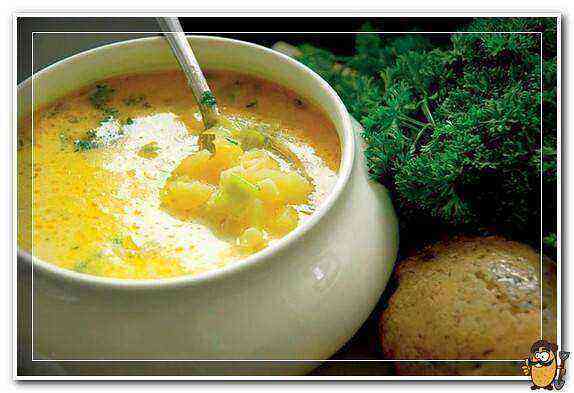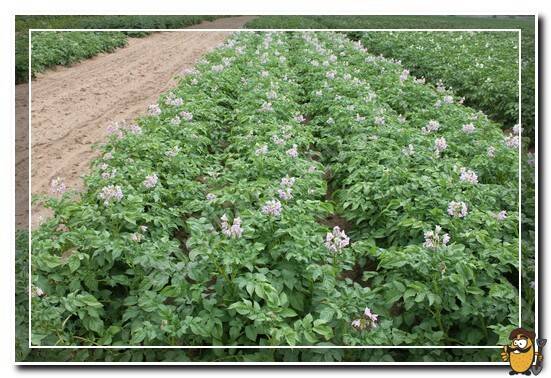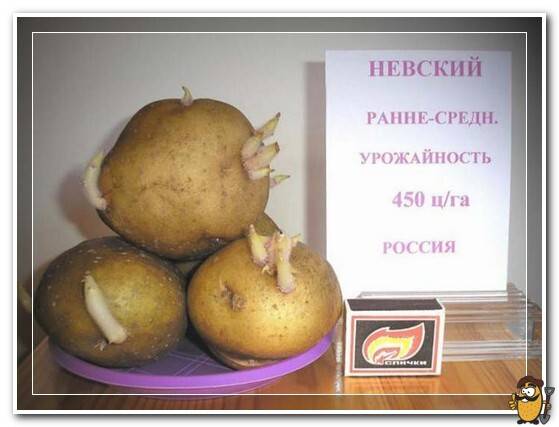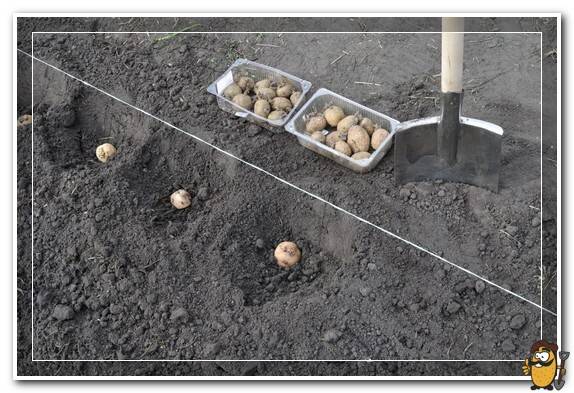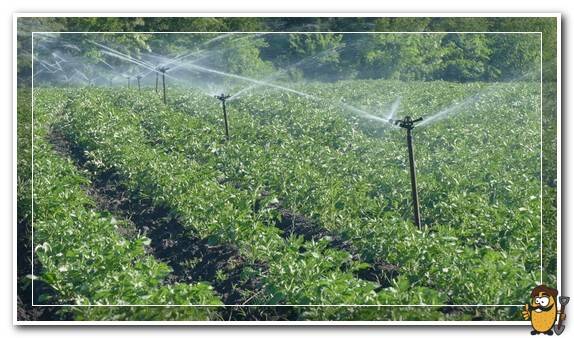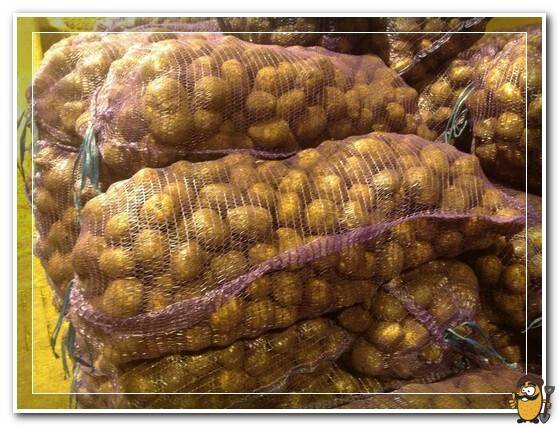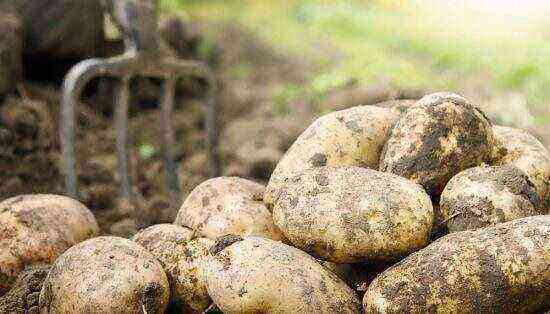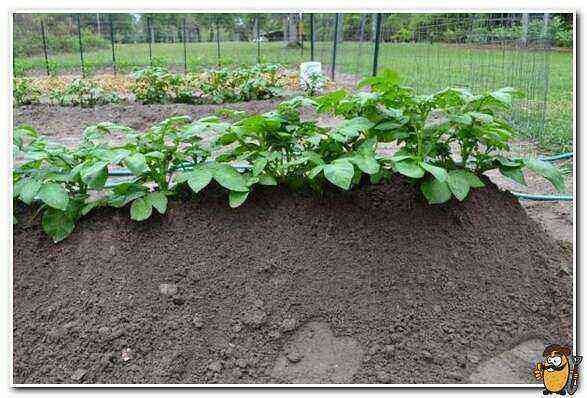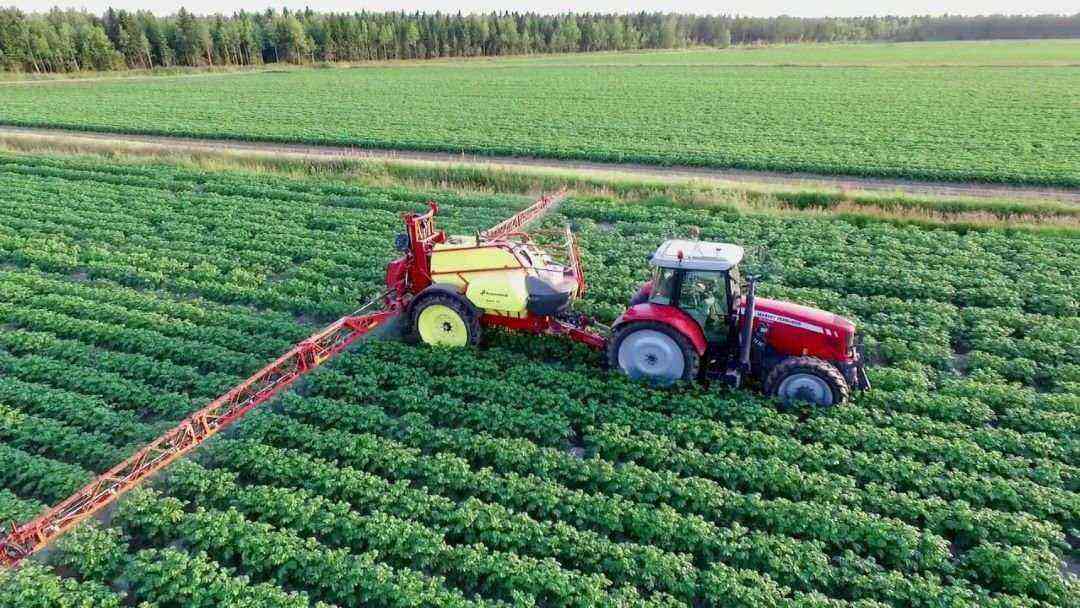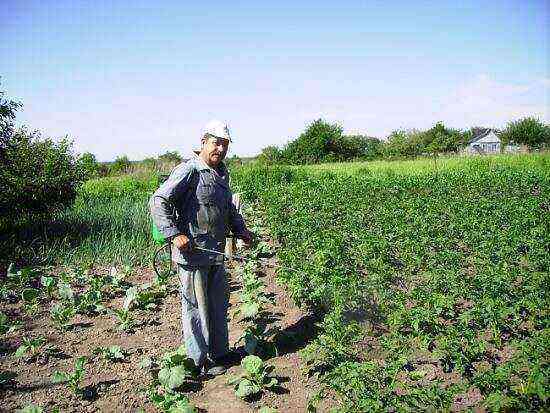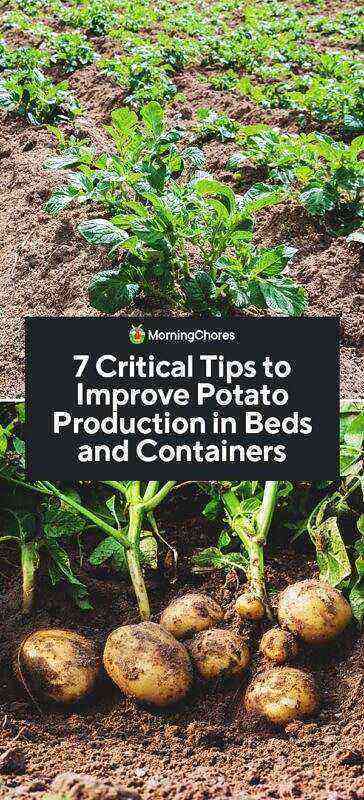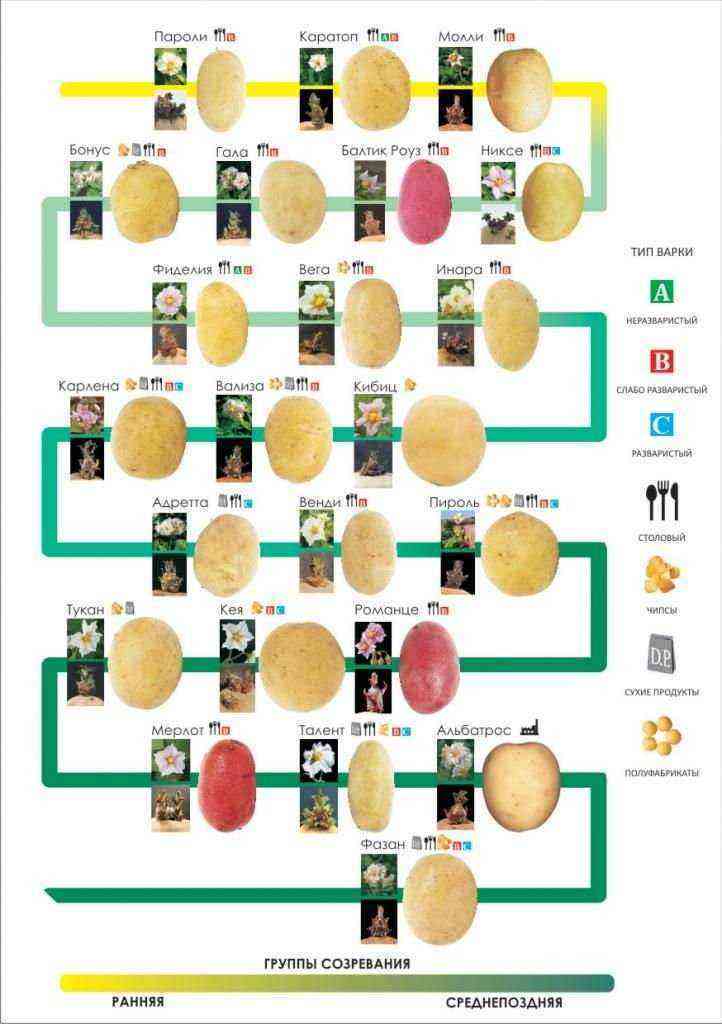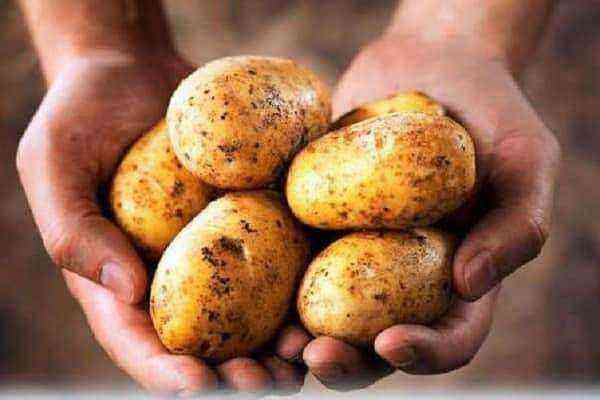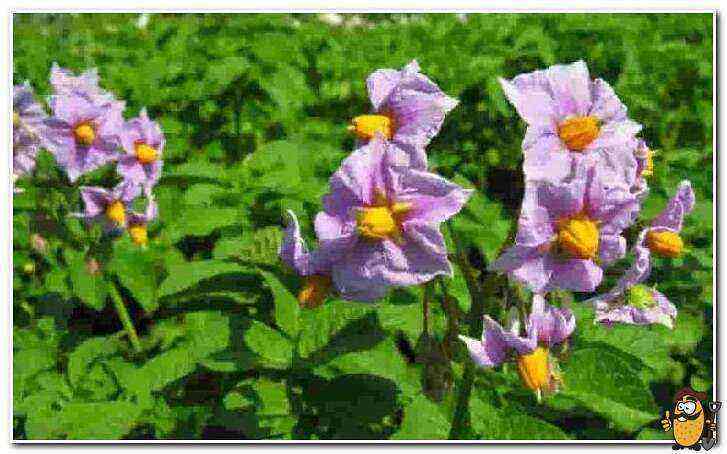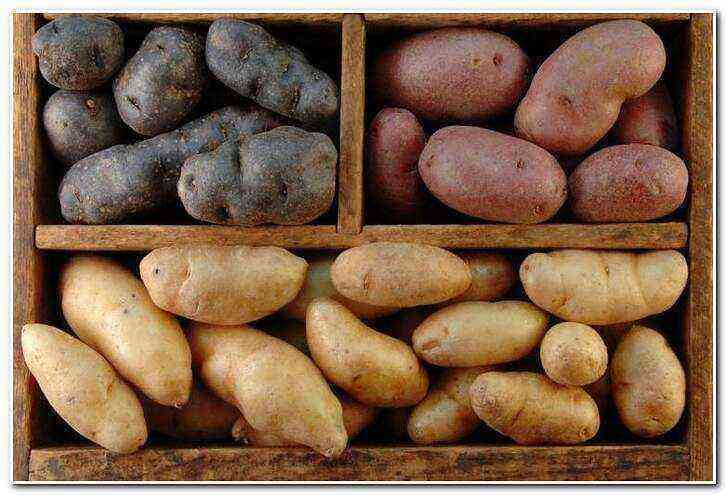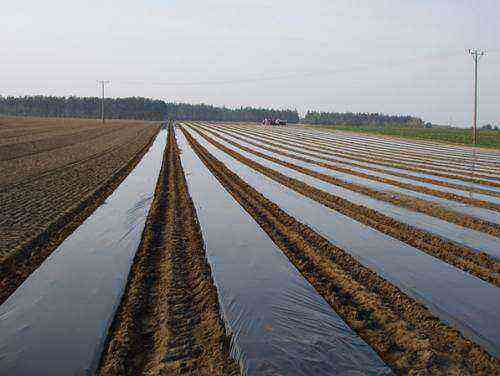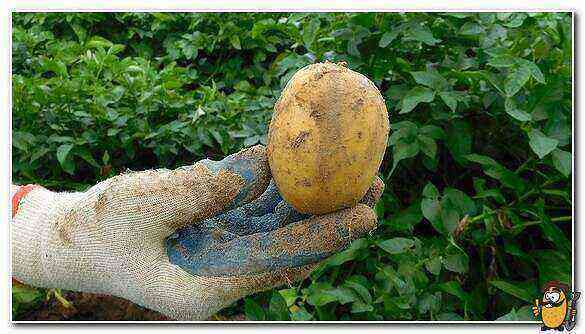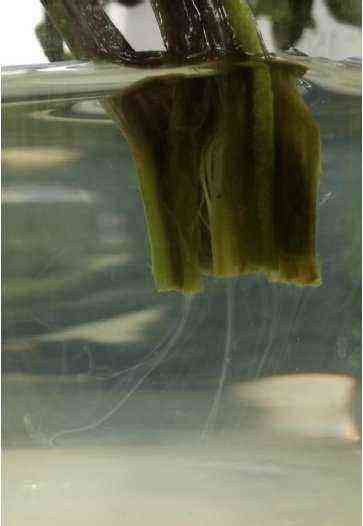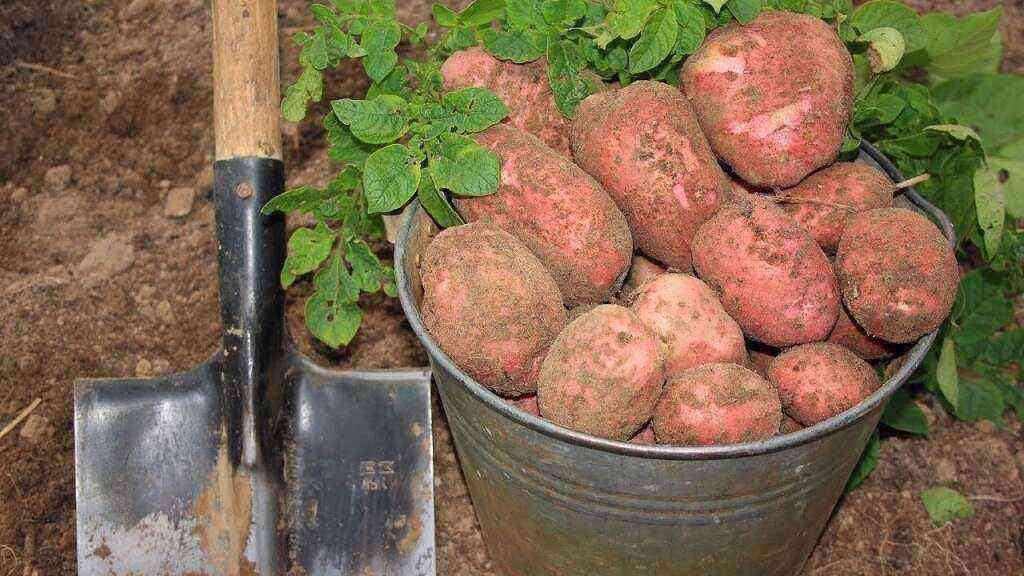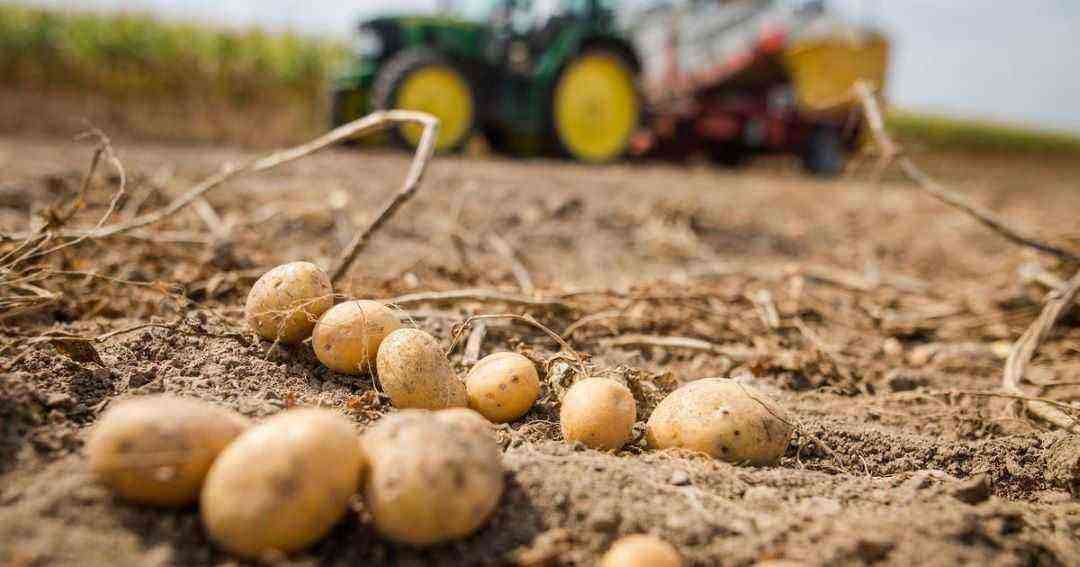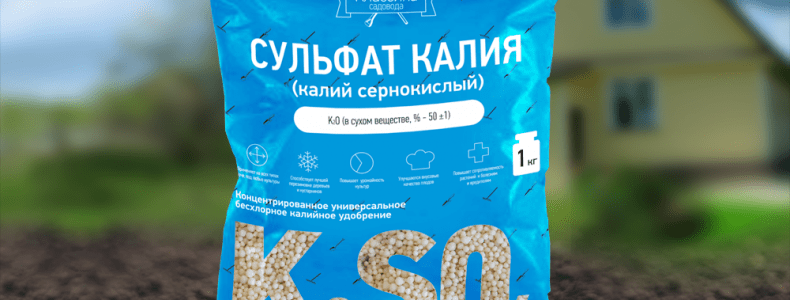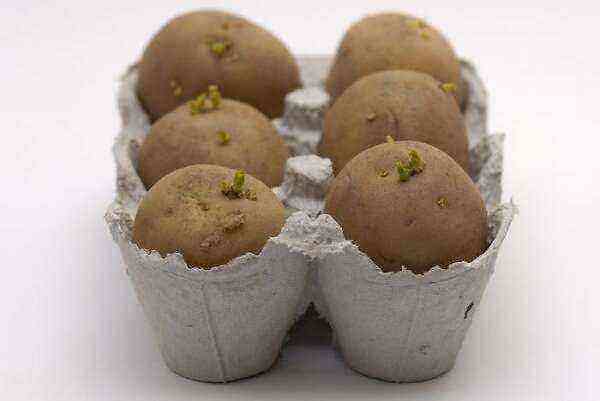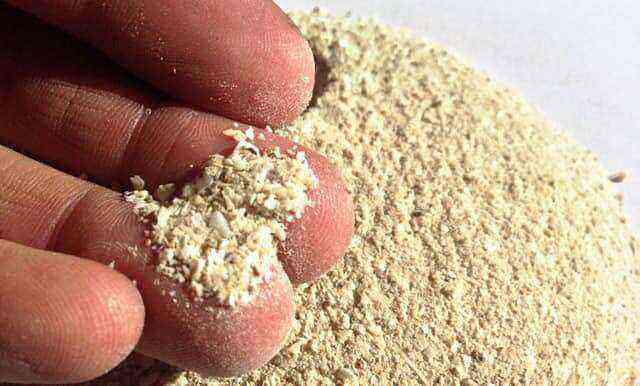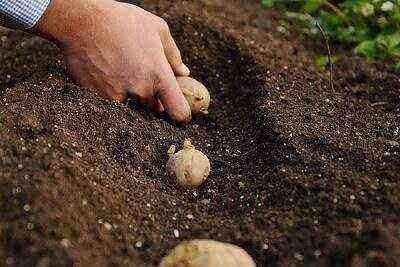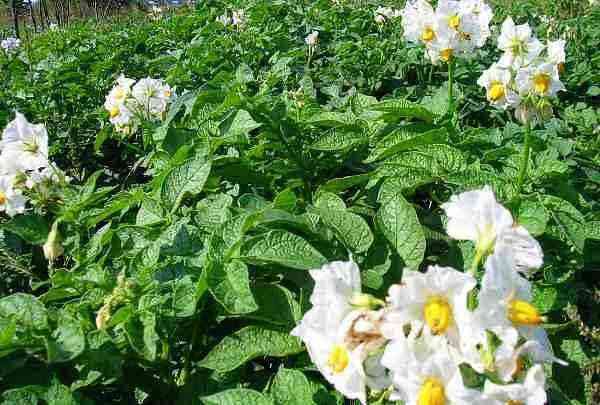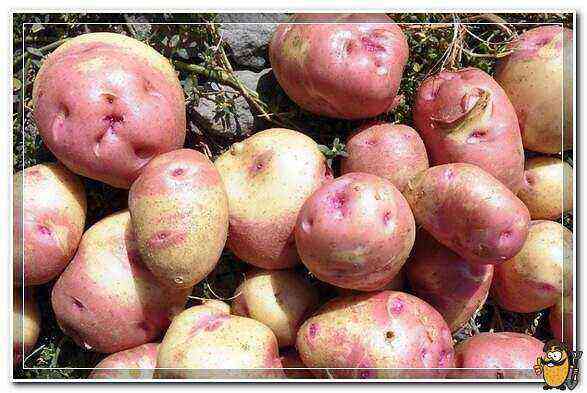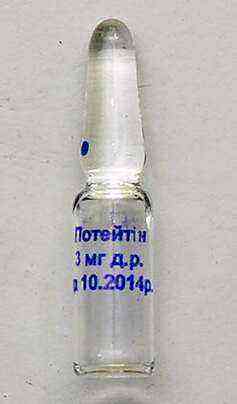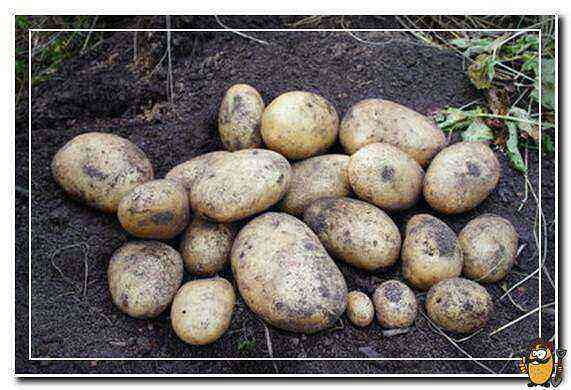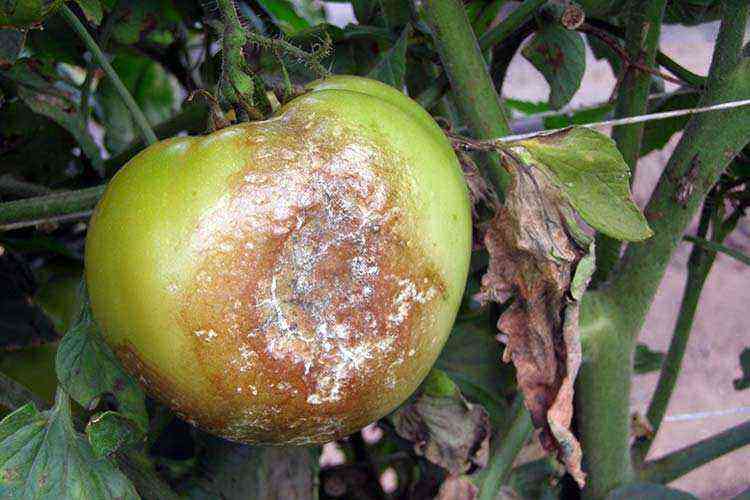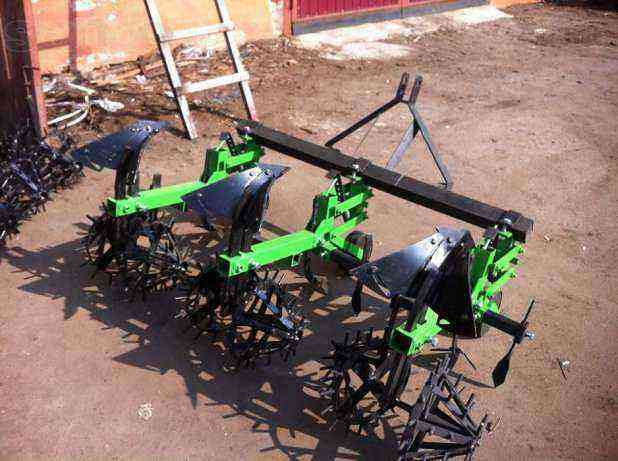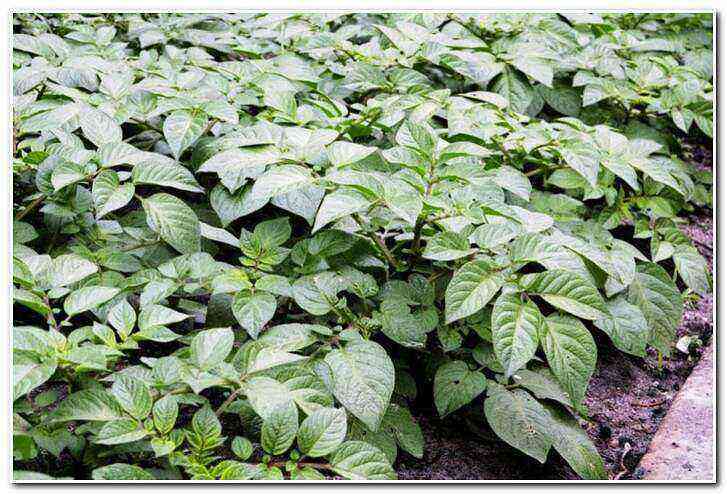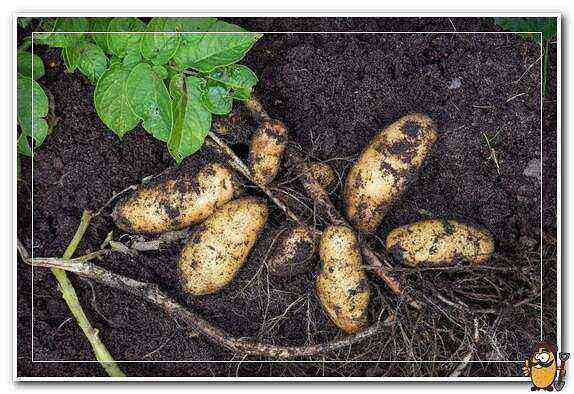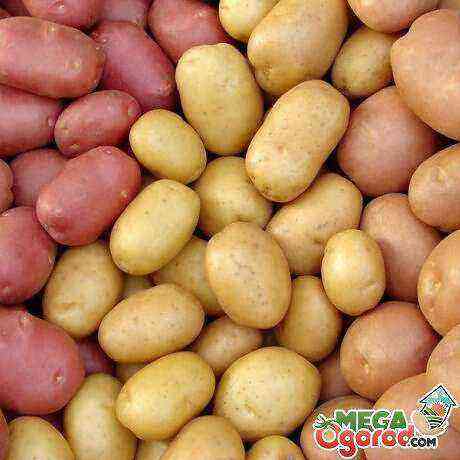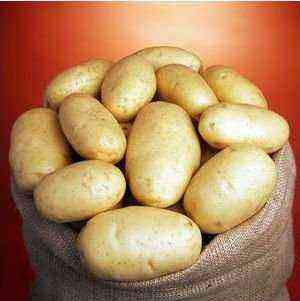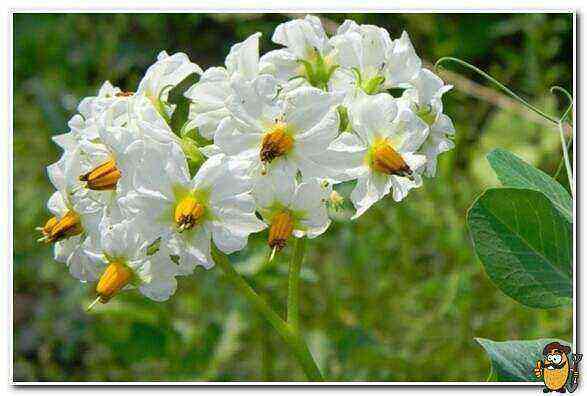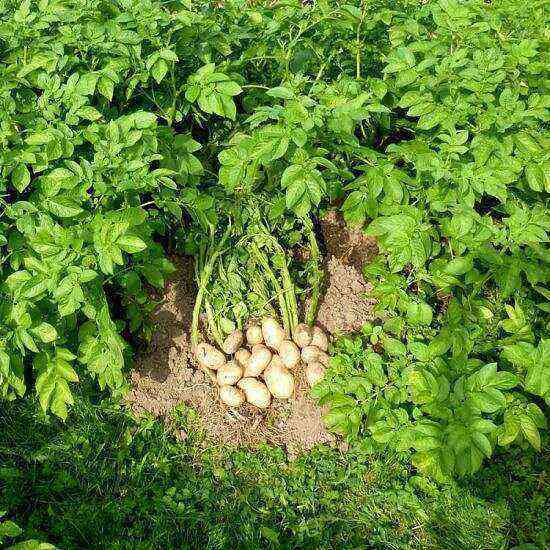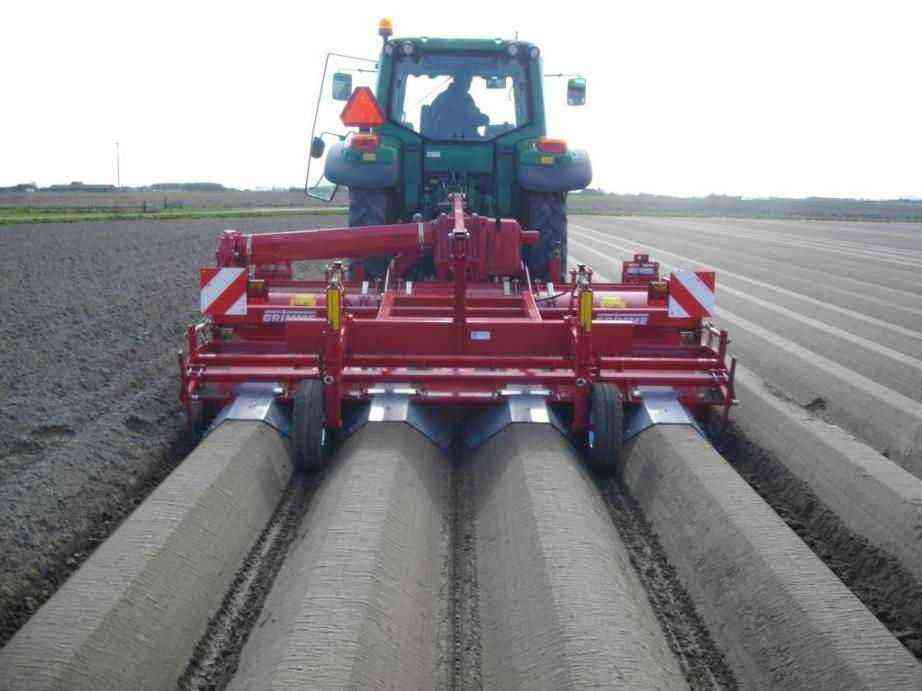Potatoes Nevsky: description of the variety, characteristics, cultivation features. Trying to improve the characteristics of the potato, breeders work tirelessly to develop new varieties and hybrids of this crop. Today there are so many of them that potato growers sometimes find it difficult to choose. For example, more than 420 varieties are allowed to grow in Russia. However, many do not dare to experiment with new products and choose time-tested varieties that give a stable yield under any conditions. The latter include Nevsky, a truly outstanding achievement of Soviet selection.
It combines all the best qualities, from quick adaptation to various growing conditions and ending with a record yield, therefore, it has remained popular in our country for almost half a century. It was bred back in 1976, but today it still remains on the list of leaders and occupies more than a quarter of all the area allocated for planting potatoes. And these are statistics only for agricultural enterprises, to which private gardens should be added, because amateur summer residents also liked it. Let’s try to figure out what is the secret of such a long-term popularity of the Nevsky potato variety.
Description and characteristics of the variety
Nevsky is a mid-early table variety obtained by crossing the original varieties Veselovskaya and Candidate by the employees of the now Leningrad Research Institute of Agriculture. It got into the State Register in 1982, it was approved for cultivation in all regions of the Russian Federation without exception. The ripening period (from the first germination to harvest) is 75-90 days.
Potato Nevsky is a low plant consisting of numerous straight branching stems. Leaves are medium in size, with a glossy surface, and can be green or dark green. The shade of the aboveground part depends on many factors, such as soil composition, climatic conditions, and others. During the flowering period, buds first appear on the bushes, and then lush snow-white flowers. The flowering is friendly, but short. The peculiarities of this plant should also include the ability to quickly recover. If the leaves are eaten by the Colorado potato beetle, new ones will grow in their place very soon.
The tubers of the Nevsky variety are oblong-rounded, covered with an even light yellow skin. The eyes are superficial, stand out due to the pink tint. The pulp is pale white, retaining its original color for a long time after cutting. In one bush, from 8 to 15 potatoes are formed, the weight of which reaches 80-130 g by the end of the season. This is about 1,5 kg of potatoes per bush, which is a fairly high indicator. On average, the yield is 380-500 c / ha, but this is far from the limit for this variety. In favorable conditions, subject to all the rules of agricultural technology, you can achieve a record yield for potatoes – up to 600 c / ha.
The starch content in tubers of the Nevsky variety is low, ranging from 10,5% to 14,8%, due to which they do not boil down, retain their shape during any heat treatment (type A). The taste is good, assessed by experts at 6 points. These potatoes are suitable for preparing any dish, but they show their best taste in salads and soups. Also worth noting is the high content of vitamin C in Nevsky potatoes, which makes it a very useful product.
In addition to high yields and good taste, the variety has other advantages. These include:
- the ability to adapt to different climates, including the cold Siberian;
- the ability to withstand short-term frosts in spring and drought in summer;
- amicability of shoots after planting;
- good and quick response to feeding;
- immunity to viruses and most fungal diseases;
- resistance of tubers to mechanical damage;
- marketable condition;
- good preservation, suitability for long-term storage (under proper conditions, 89-96% of the harvested crop is preserved until spring).
In order for the variety to always demonstrate the above qualities, it is necessary to follow the rules of crop rotation and update the planting material at least every 3 seasons. Also, experts recommend choosing open, well-lit areas for planting these potatoes. If you plant the Nevsky variety in the shade of trees, its yield will noticeably decrease.
Features of cultivation, agricultural technology
Preparation of seed potatoes
To see friendly shoots in potato beds, it is necessary to germinate the planting material. For planting, medium-sized tubers (60-80 g) are selected and kept in natural light and a temperature of 16-18 degrees for 3 weeks. Before transferring the selected material to a suitable room, it is advisable to disinfect it by holding it for a couple of minutes in a weak solution of potassium permanganate. Processed tubers are laid out in one or two layers. If you observe the recommended temperature regime, by the time of planting, strong sprouts up to 7-8 cm long will appear on them.When germinating in a too warm room, they grow longer and thinner, easily break off if you carelessly handle the planting material.
Optimal landing option
The Nevsky variety can be planted according to the standard scheme 35 x 70, but it is better to listen to the staff of the Ural Agricultural Academy. As a result of long experiments, they came to the conclusion that this crop gives the greatest yield with a 26 x 70 scheme, where the first number indicates the distance between the tubers, the second – between the rows (trenches).
Small tubers are rare in this variety, so you have to use medium or large ones for planting. Cutting the latter into two or more parts is strongly discouraged, this negatively affects the yield.
When planting, humus and a handful of ash are added to each hole (or in a trench under a potato). Onion peel, which is not only an excellent growth stimulant, but also a natural insecticide, does not hurt. It is necessary to lay the fertilizers so that at least 6 cm of soil remains above the tuber.
Main agrotechnical measures
Before the emergence of shoots (about 7-10 days after planting), the soil in the beds is carefully loosened, while removing the weeds that have appeared. When young bushes reach a height of 10-15 cm, the first hilling is carried out, after 20 days the procedure is repeated. Weeds are also removed during hilling.
The Nevsky variety loves moisture, therefore, during the active growing season, it is advisable to water the beds at least 1 time per week. Rainy days are an exception. Watering rate before buds appear – 5-6 l / sq. m, during budding and flowering – up to 10 l / sq. m. With watering, root top dressing is combined with green fertilizer at the rate of 1 liter per bush. It is carried out before budding begins. During flowering, you can add mullein solution. To do this, dilute 10 glass of manure and 1 tablespoons of superphosphate in 2 liters of water. Solution consumption per plant – 0,5 l. With the end of flowering, the listed activities cease. Watering is still possible, but in moderation and only in dry weather. You can visually determine if plants are experiencing a lack of moisture. If the leaves begin to curl into a tube, then they do not have enough water.
Disease and Insect Pest Control
Of the common diseases, Nevsky is afraid only of late blight, he has a fairly high resistance to the rest. Damp weather contributes to the spread of the fungus, which is the causative agent of late blight. If the season turned out to be just like this, it is necessary to regularly inspect the plantings and remove bushes that have signs of the disease from the garden. As a rule, these are brown spots on the leaves and stems. Of the preventive measures against late blight, the most effective are:
- competent crop rotation;
- use of healthy planting stock;
- treatment of planting tubers with protective agents.
No less dangerous for this variety is the Colorado potato beetle and its larvae, which actively eat the tops. You can fight them in different ways, such as mulching the soil, planting insect repellent plants near potato beds (mint, garlic, calendula, sage, tansy), spraying the bushes with fungicides (Beetle, Tabu, Tanrek), manual collection of the pest with subsequent destruction , folk methods such as processing plantings with a solution of laundry soap.
Another pest that can ruin the Nevsky potato crop is the larva of the click beetle or, as it is more often called, the wireworm. It feeds on the pulp of tubers, making narrow passages in them. Digging the soil after harvesting and planting potatoes after green manure will help get rid of the wireworm on the site. In a neglected case, one cannot do without the use of insecticides – Aktellik, Aktara or their analogue.
Cleaning, sending to storage
Harvesting is desirable in warm, dry weather. The dug out potatoes are laid out for drying, diseased and damaged tubers are discarded, if necessary, calibrated. High-quality potatoes are transferred to a permanent storage room with good ventilation and a temperature of no more than 5 degrees. This is usually a cellar or basement. You can store it in bulk, but it is better in wooden boxes raised above the floor. This will ventilate the tubers and preserve better.
In conclusion
Nevsky is deservedly considered one of the most successful varieties, and it was recognized not only in the Russian Federation, but also abroad. This is evidenced by the numerous positive reviews of potato growers. Many farmers and gardeners tried to experiment with other varieties, and then they still returned to their favorite potato – the Nevsky variety, which has never let anyone down.
